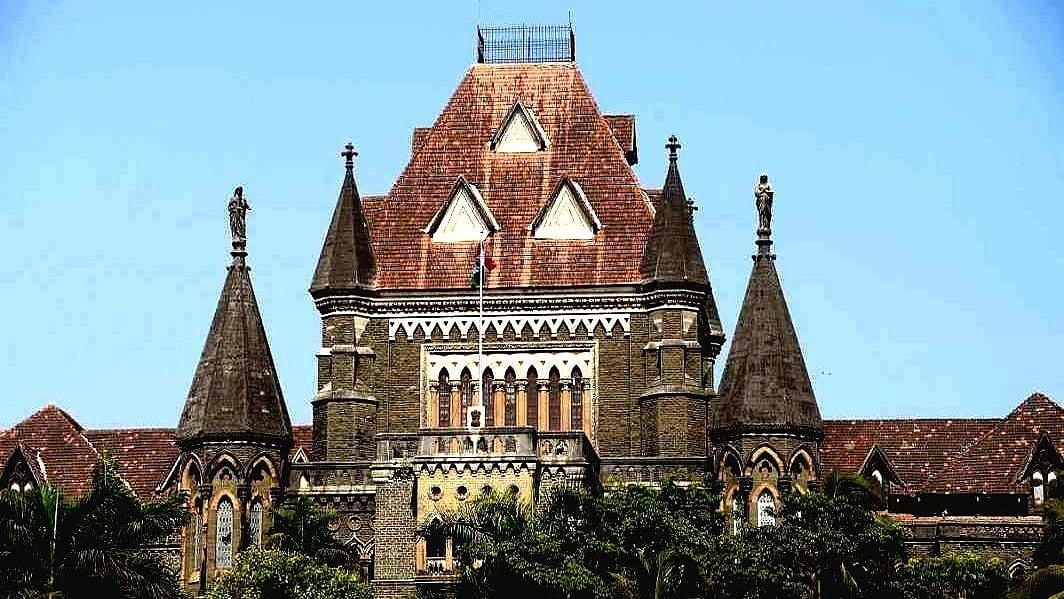Mumbai: In a significant decision, the Bombay High Court on Friday restored the status of 119.91 hectares of the Kanjurmarg dumping ground as a protected forest, ruling that the Maharashtra government’s 2009 notification de-notifying the land was invalid.
The court held that the notification violated the Forest Conservation Act, 1980, and had been issued without the mandatory prior approval of the central government.
A bench of Justices Girish Kulkarni and Somasekhar Sundaresan, however, permitted the Brihanmumbai Municipal Corporation (BMC) to use the ground for three months, till it identifies an alternate site.
The HC has disposed of a public interest litigation (PIL) filed by NGO Vanashakti that challenged the conversion of forest land into a municipal dumping ground.
Setting aside the impugned notification dated December 29, 2009, the court stated that the land, part of salt pan areas along the Thane creek, had seen natural mangrove growth over time, classifying it as CRZ-1 land under environmental regulations. It was initially declared a protected forest through a July 2008 notification under Section 29 of the Indian Forest Act, 1927, following ground verification and satellite imaging.
The Brihanmumbai Municipal Corporation (BMC) and the state had relied on a 2003 Supreme Court order that allowed shifting of the dumping ground from Chincholi Bunder to the Kanjurmarg site. However, the HC ruled that this “Enabling SC Order” could not override the requirements of the Forest Conservation Act (FCA).
“It would be impossible to hold that the Enabling SC Order was determinative of the issue because the matter of mangrove growth and forest status was not even considered,” the court observed in a detailed 87-page judgment.
Rejecting the state’s contention that the original forest notification was a mistake, the bench pointed out that the land was notified only after “factual review, satellite imaging and ground truthing”. “The Impugned Notification is not defensible on the premise of it being a simple rectification… without having to follow due process under the FCA,” the court added.
The judgment affirmed that land with mangrove cover automatically qualifies as protected forest, as ruled in an earlier judgment. “Eventually, the PIL judgment concluded that mangrove land would be protected forest land. Therefore, the de-reservation necessitated compliance with Section 2(1) of the FCA, which is missing,” the bench held.
Vanashakti’s lawyers Gayatri Singh and Zaman Ali argued that the de-notification bypassed the mandatory legal process. “Without the Centre’s nod, such a move is plainly illegal,” Singh contended.
State’s Advocate General Birendra Saraf contended that the land in question is only marginally covered by mangroves. The mangroves are primarily in two patches and restricted to 20.76 Hectares, as noticed in the report filed by the MCZMA. Saraf had emphasised that the two patches in mangroves are indeed excluded from the dumping ground at Kanjurmarg.
“That’s why we gave three months. We were initially giving only eight weeks,” the bench told Additional Government Pleader Jyoti Chavan, who sought more time for compliance.
The court refused to stay its order, noting that sufficient time had already been granted. The decision is expected to have wide-ranging implications for conservation efforts in coastal and mangrove-rich areas of Mumbai.
